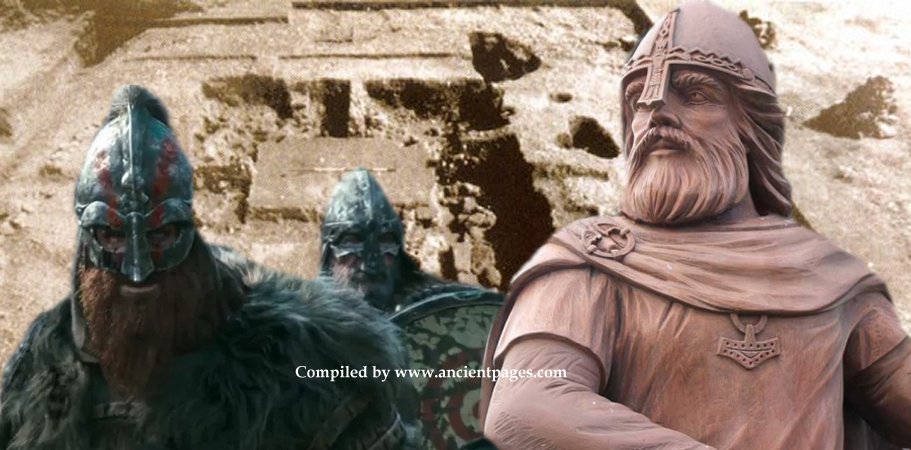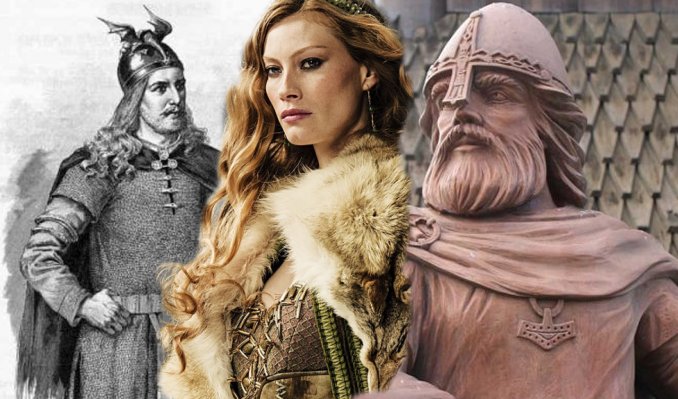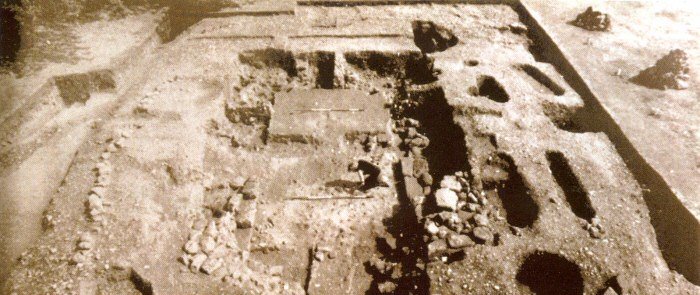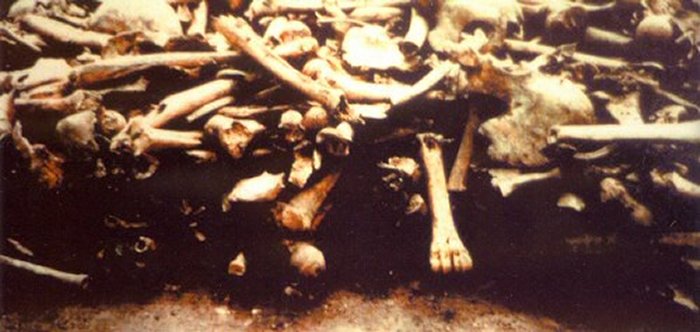Viking Ivar The Boneless Could Be Buried In Repton – Remarkable Viking Burial Holds Clues To Where Ragnar Lodbrok’s Son Died
Ellen Lloyd - AncientPages.com - Ivar the Boneless has gone into the history books as one of the most powerful Vikings ever lived. Not only was he one of the leaders of the Great Heathen Army, but he was also the oldest son of the famous Viking Ragnar Lodbrok. It’s, therefore, surprising we still know so little about this mighty Viking.
Many significant details about his life and death remain shrouded in mystery.
Can an impressive burial mound in Repton, UK, shed more light on how and where Ivar the Boneless died? One Icelandic Saga reveals that Ivar the Boneless died and was buried in England, but there is no information about the grave’s location. However, one notable burial in Repton reveals a prominent Viking was put to rest there. So, it’s fair to ask if perhaps Ivar the Boneless is buried in Repton.
Before we go into details about Ivar the Boneless’ death, it’s essential to know some facts about this great Viking who changed history in the countries he visited.
As previously discussed on Ancient Pages, Ivar the Boneless was one of Ragnar Lodbrok’s sons, and it could not have been easy. Lodbrok’s relation to his sons was full of contractions. He wanted his children to be brave, strong, and fearsome warriors, but at the same time, he was also afraid his sons could become more popular than he was.
Ragnar Lodrok wanted to kill his son Ivar the Boneless against Aslaug's wishes. Read more
It’s worth mentioning that Ivar the Boneless managed to survive as a tiny baby. On one occasion, Ragnar Lodbrok learned from a seer that he would have many famous sons. He became somewhat obsessed with this prophecy, which almost led to a tragic event when he tried to kill his son, Ivar the Boneless. But small Ivar survived; with time, he grew into a mighty Viking who became famous and feared.
In 865, Ivar the Boneless decided to invade England and launched the largest invasion of the British Isles in recorded history. His brothers Halfdan and Ubba and his colleague Olaf the White Ivar the Boneless sailed from Dublin and landed in East Anglia.
He had command of a force so massive that the English referred to it simply as “The Great Heathen Army.” It was a coalition of Norse warriors from Denmark and Norway (and possibly also from Sweden) who came together under a unified command.
In 871, Ivar the Boneless took the unwieldy but impressive title ‘King of the Northmen of all Ireland and Britain”.
Archaeologists discovered Viking graves in Repton. Credit: Repton Church
It’s unknown where he died, but according to a legend, Ivar the Boneless wanted to be buried in England. His corpse was allegedly transported from Dublin and interred in English soil.
Viking Warriors Of The Great Heathen Army Died In Repton
In November 2017, Ancient Pages reported a Viking camp dating to the winter of 873-4, was unearthed by a team of archaeologists from the University of Bristol.
It is located in the small village of Repton, Derbyshire, and has been known since the 1970s. Repton has long been a subject of excavations.
Historical records state that the Viking Great Heathen Army wintered in Repton, Derbyshire, in 873 A.D.
In 2018, researchers from the University of Bristol re-examined the graves. New dating proves that all remains are consistent with a single date in the 9th century and, therefore, with the Viking Great Heathen Army.
Of particular interest, in this case, is a burial mound that housed a Viking of great importance. The grave contains the intact skeleton of a huge man – supposedly nine feet tall – surrounded by the disarticulated remains of two hundred and fifty Vikings.
As previously discussed on Ancient Pages, Viking burial traditions and rituals were very complex.
The Vikings had no religion but customs, practices, and beliefs. Vikings developed a highly class-conscious and hierarchical society as in many other ancient civilizations.
250 warriors were buried next to a great Viking leader. Credit: Repton Church
Many relics in ancient tombs reveal that the type of burial a Viking received depended on his importance in the community. When a Viking died, he could either be buried or burned.
The Viking buried in Repton was put to rest together with 250 warriors. Most likely, they all died during the battle. Vikings took time to place all dead bodies to accompany this one great Viking in the afterlife. Artifacts discovered in the grave reveal special Pagan rites held in honor of the Viking. To receive such an elaborate and complex burial, the Viking must have held high status.
Some have speculated that Ivar the Boneless died and was buried in Repton.
There is also another puzzle dealing with Ivar the Boneless. Our previous article discussed the mystery of Ivar the Boneless and Ímar, a remarkable Viking puzzle that reveals something extraordinary. If true, it could re-write Viking history.
Updated on September 1, 2024
Written by Ellen Lloyd – AncientPages.com
Copyright © AncientPages.com All rights reserved. This material may not be published, broadcast, rewritten or redistributed in whole or part without the express written permission of AncientPages.com
More From Ancient Pages
-
 On This Day In History: Tokugawa Shogunate Begins In Japan After Historical Battle – On Oct 21, 1600
News | Oct 21, 2016
On This Day In History: Tokugawa Shogunate Begins In Japan After Historical Battle – On Oct 21, 1600
News | Oct 21, 2016 -
 Knights Templar’s Mysterious Underground Chambers Hidden In The Caynton Caves Discovered
Archaeology | Apr 13, 2021
Knights Templar’s Mysterious Underground Chambers Hidden In The Caynton Caves Discovered
Archaeology | Apr 13, 2021 -
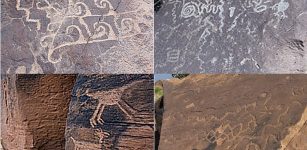 Lyman Lake Petroglyphs And Famous Kokopelli-Flute Player Left By Ancestors Of The Hopi Indians
Civilizations | Nov 26, 2018
Lyman Lake Petroglyphs And Famous Kokopelli-Flute Player Left By Ancestors Of The Hopi Indians
Civilizations | Nov 26, 2018 -
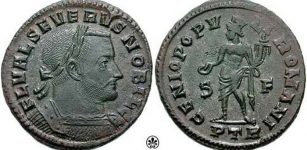 On This Day In History: Western Roman Emperor Severus II Died – On Sep 16, 307
News | Sep 16, 2016
On This Day In History: Western Roman Emperor Severus II Died – On Sep 16, 307
News | Sep 16, 2016 -
 Great Pyramid of Cholula Is The Largest In The World Today
Ancient History Facts | Feb 9, 2016
Great Pyramid of Cholula Is The Largest In The World Today
Ancient History Facts | Feb 9, 2016 -
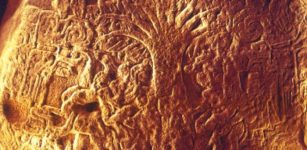 Ceiba Tree: Sacred Tree Of Life Of Maya People And Universal Concept In Ancient Beliefs
Celtic Mythology | Jun 12, 2017
Ceiba Tree: Sacred Tree Of Life Of Maya People And Universal Concept In Ancient Beliefs
Celtic Mythology | Jun 12, 2017 -
 Mysterious Biblical Celestial City And Its Connection To The North Star – Nonhuman Hands – Part 1
Ancient Mysteries | Feb 22, 2021
Mysterious Biblical Celestial City And Its Connection To The North Star – Nonhuman Hands – Part 1
Ancient Mysteries | Feb 22, 2021 -
 Ancient Romans Used The Poisonous Black Henbane Plant As Hallucinogenic Medicine
Archaeology | Feb 9, 2024
Ancient Romans Used The Poisonous Black Henbane Plant As Hallucinogenic Medicine
Archaeology | Feb 9, 2024 -
 Evolution Might Stop Humans From Solving Climate Change – Researchers Say
Evolution | Jan 3, 2024
Evolution Might Stop Humans From Solving Climate Change – Researchers Say
Evolution | Jan 3, 2024 -
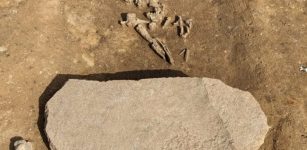 Neolithic ‘Zombie’ Grave Found Near Oppin In Saxony-Anhalt, Germany
Archaeology | Apr 26, 2024
Neolithic ‘Zombie’ Grave Found Near Oppin In Saxony-Anhalt, Germany
Archaeology | Apr 26, 2024 -
 Unusual High-Tech Machine In The Bible Offers Evidence Of Lost Ancient Advanced Civilization
Ancient Mysteries | Aug 18, 2018
Unusual High-Tech Machine In The Bible Offers Evidence Of Lost Ancient Advanced Civilization
Ancient Mysteries | Aug 18, 2018 -
 Coventry’s Mysterious Ogham Stone Displayed At Herbert Art Gallery And Museum
Archaeology | May 18, 2024
Coventry’s Mysterious Ogham Stone Displayed At Herbert Art Gallery And Museum
Archaeology | May 18, 2024 -
 Yakhchals: Ingenious Ancient ‘Refrigerators’ Could Store Ice In The Hot Desert
Ancient Technology | Sep 15, 2018
Yakhchals: Ingenious Ancient ‘Refrigerators’ Could Store Ice In The Hot Desert
Ancient Technology | Sep 15, 2018 -
 On This Day In History: Mathematician And Astronomer Christiaan Huygens Born – On Apr 14, 1629
News | Apr 14, 2017
On This Day In History: Mathematician And Astronomer Christiaan Huygens Born – On Apr 14, 1629
News | Apr 14, 2017 -
 Stonehenge Is Older Than Mankind – Archaeologist Suggests
Archaeology | Apr 12, 2018
Stonehenge Is Older Than Mankind – Archaeologist Suggests
Archaeology | Apr 12, 2018 -
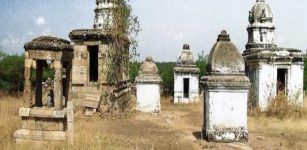 500-Year-Old Shiva Temple Constructed On Rock Without Foundation Pits Needs Repairs
News | Sep 7, 2015
500-Year-Old Shiva Temple Constructed On Rock Without Foundation Pits Needs Repairs
News | Sep 7, 2015 -
 Ancient Viking Age Music Recreated – This Is What It Sounds Like
Featured Stories | Sep 20, 2020
Ancient Viking Age Music Recreated – This Is What It Sounds Like
Featured Stories | Sep 20, 2020 -
 Beautiful 2,300-Year-Old Gold Ring Found In The City Of David
Archaeology | May 30, 2024
Beautiful 2,300-Year-Old Gold Ring Found In The City Of David
Archaeology | May 30, 2024 -
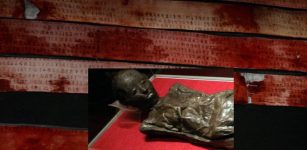 ‘Liber Linteus’ – Unique History Of Ancient ‘Linen Book’ Written In Etruscan That Still Remains Poorly Understood
Artifacts | Oct 21, 2019
‘Liber Linteus’ – Unique History Of Ancient ‘Linen Book’ Written In Etruscan That Still Remains Poorly Understood
Artifacts | Oct 21, 2019 -
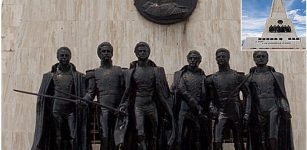 On This Day In History: Battle Of Ayacucho Was Fought In Peru – On Dec 9, 1824
On This Day In History | Dec 9, 2016
On This Day In History: Battle Of Ayacucho Was Fought In Peru – On Dec 9, 1824
On This Day In History | Dec 9, 2016

